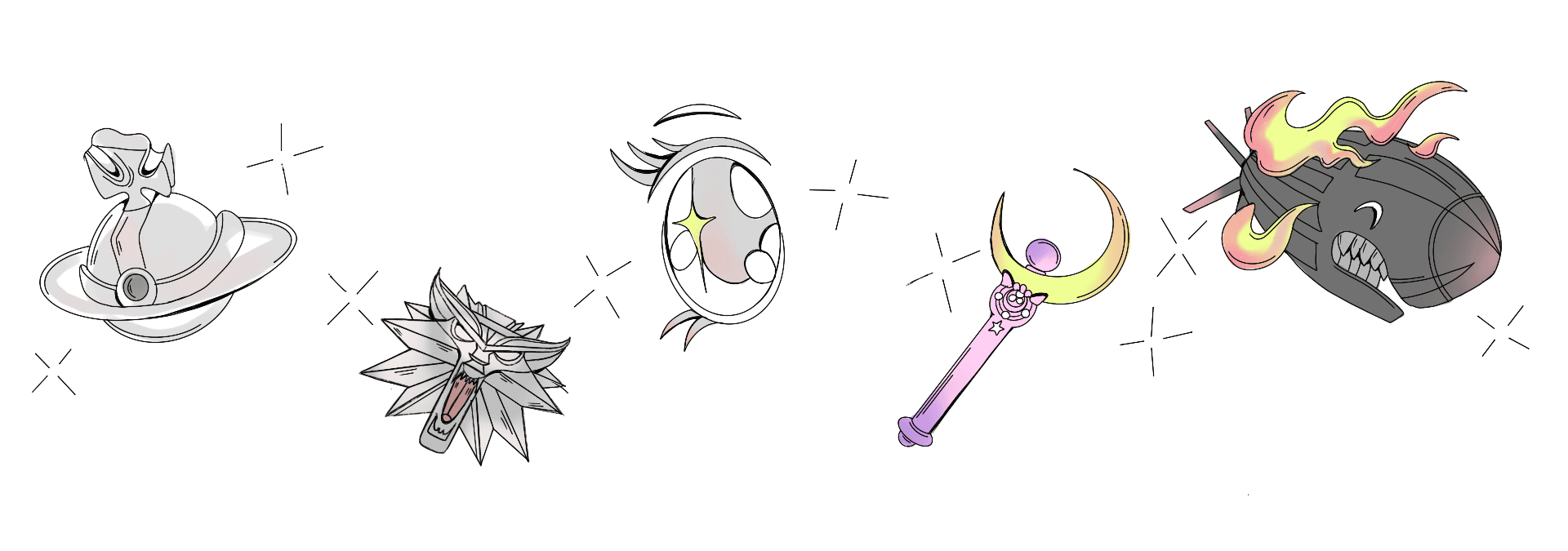
Escapism is hard work
Trickster’s designer and cosplay enthusiast Elina tells us how the movement developed and what makes a successful cosplayer.
Here, you may imagine a Halloween party where a “girl next door” is dressed up as a Catwoman of the DC universe, wearing a cheap latex jumpsuit from a local sex shop. But, it is as far from what cosplay is about as our world is far from being a utopia. Recreating a character is not about convincing yourself or the people around you that you are the character you are trying to convince everyone you are by staying with the same features and just wearing another outfit you would not casually wear if only you were not cosplaying Kevin Crumb from “Split.” It is about speaking loud with your visuals that you have just escaped from the movie, comics, or a book, copying as many details as you and your wallet can afford, starting from wigs and ending with specific buttons or manicures the character wore in 5th episode.
How did it start?
It is hard to track the specific moment in time when cosplay emerged as a full subculture known for itself. The first wave of its popularity and recognition came in the 90s Japan, where this movement first started with people wearing their favorite characters-inspired outfits on the streets, and then later it expanded to the Western world thanks to the rising popularity of anime and manga. In the 90s, cosplay became more mainstream, becoming a regular part of pop-culture conventions and events, eventually becoming almost the main feature and entertainment people go to conventions for. This led to the fact that many conventions are now focused specifically on cosplay. In 00, cosplay became even more popular, appearing regularly in media.
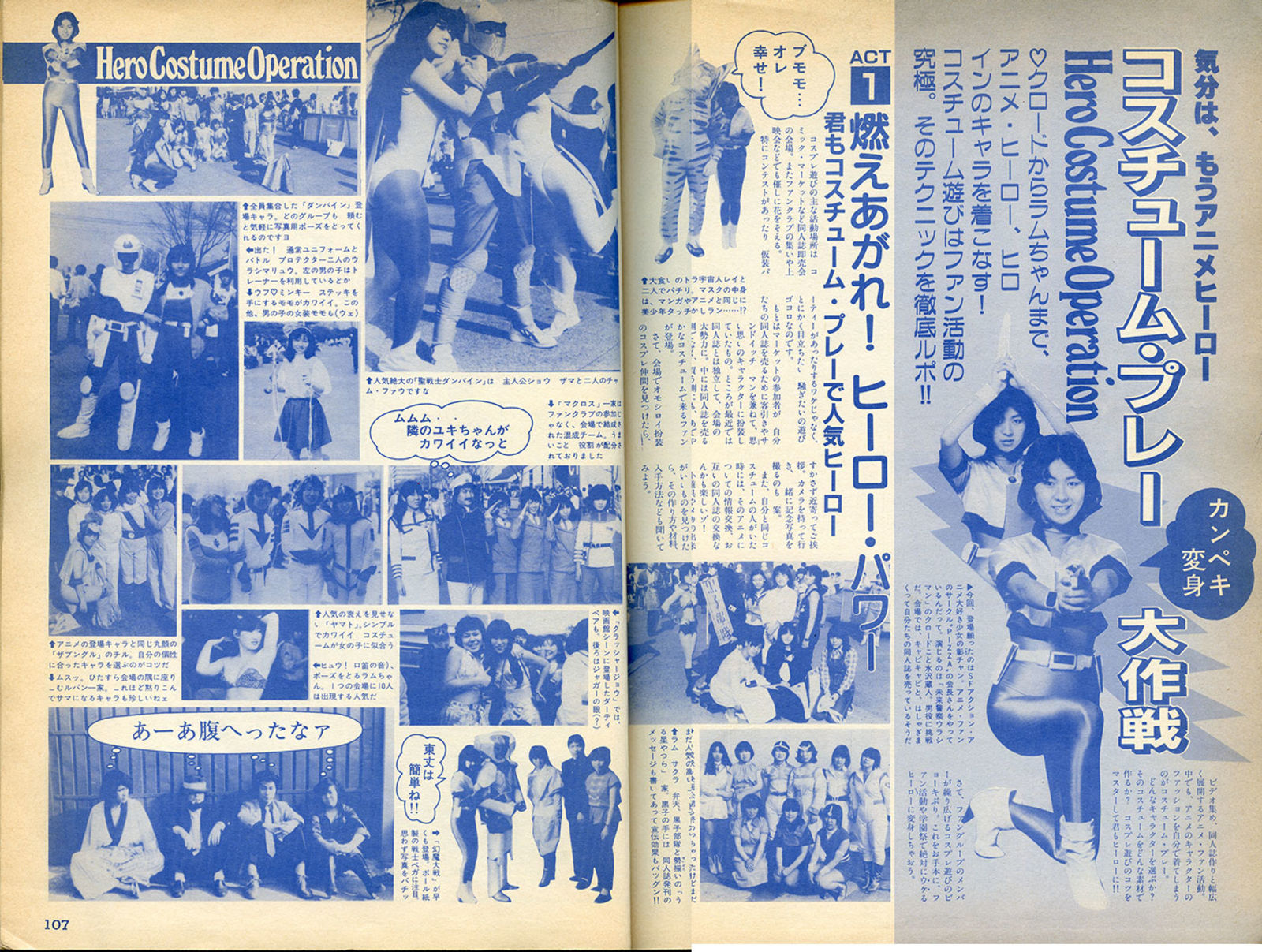
Express Yourself!
By now, cosplay has rightfully become an art form on its own and offers an unlimited field for exploration. Most cosplayers choose their favorite characters to copy, so usually, it's a pure dopamine source as you live with the thought that from time to time, you can switch off your identity and become your favorite character.
Precision is the most valued category in cosplay, so participants usually spend days and nights researching, planning, and then sewing their costumes with incredible attention to detail. If there is no opportunity to buy some specific accessory a true cosplayer will do anything in their power to find a replacement or just make it themselves. Like this little thingie from my cosplayer friend archive: she made rhinestones for a dress out of buckwheat! It seems that there is nothing impossible for a person heading for perfection, and if you think that, in the end, it won’t look realistic, you're mistaken.
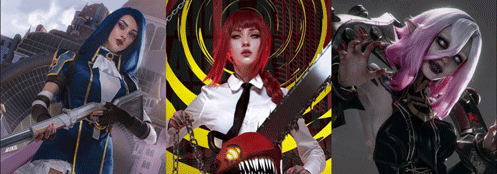
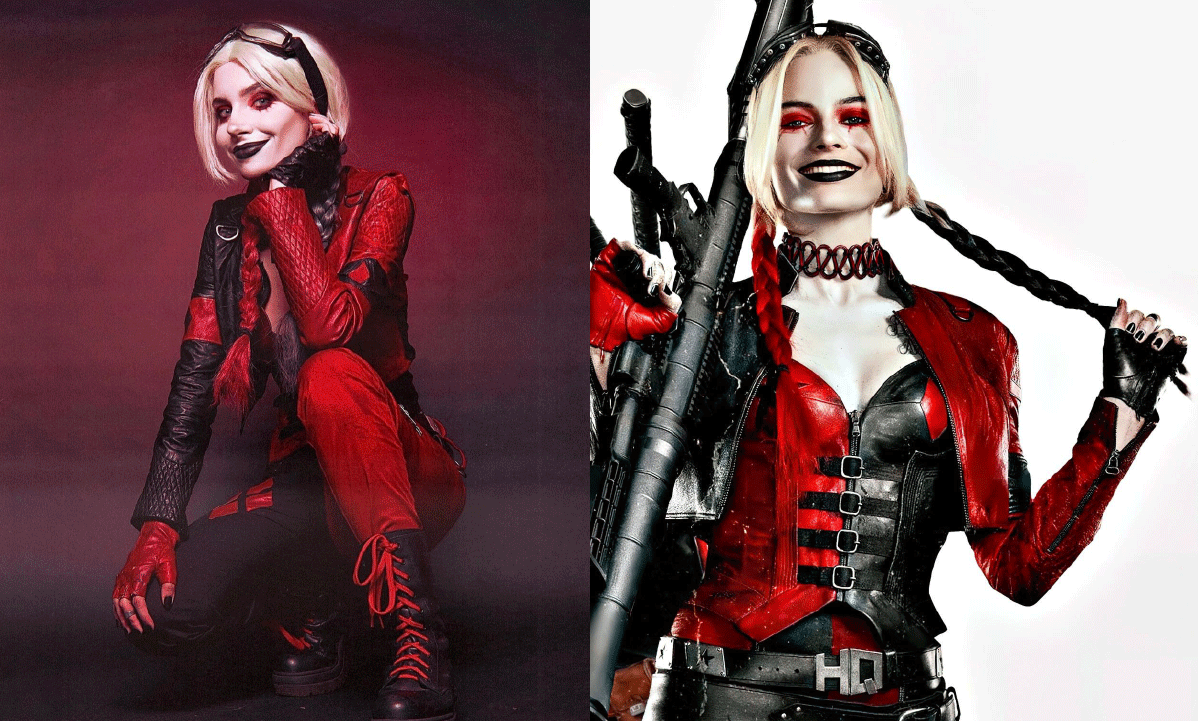
Connecting people
Cosplay culture is all about solidarity, reflecting the sense of community that thrives among people involved in it. There are several ways for cosplayers and people interested in it to meet IRL. Most known are expos, conventions, and festivals explicitly held for cosplayers to showcase their creations and leave behind routine and basicness once a cosplayer enters the venue. All at once, everyone sees you as Cowboy Bebop or Silk Spectre, not Toomas from the sales department. Those events are usually about sharing experiences, crafting tips, appreciation, and spending time with people who live with the same passion.
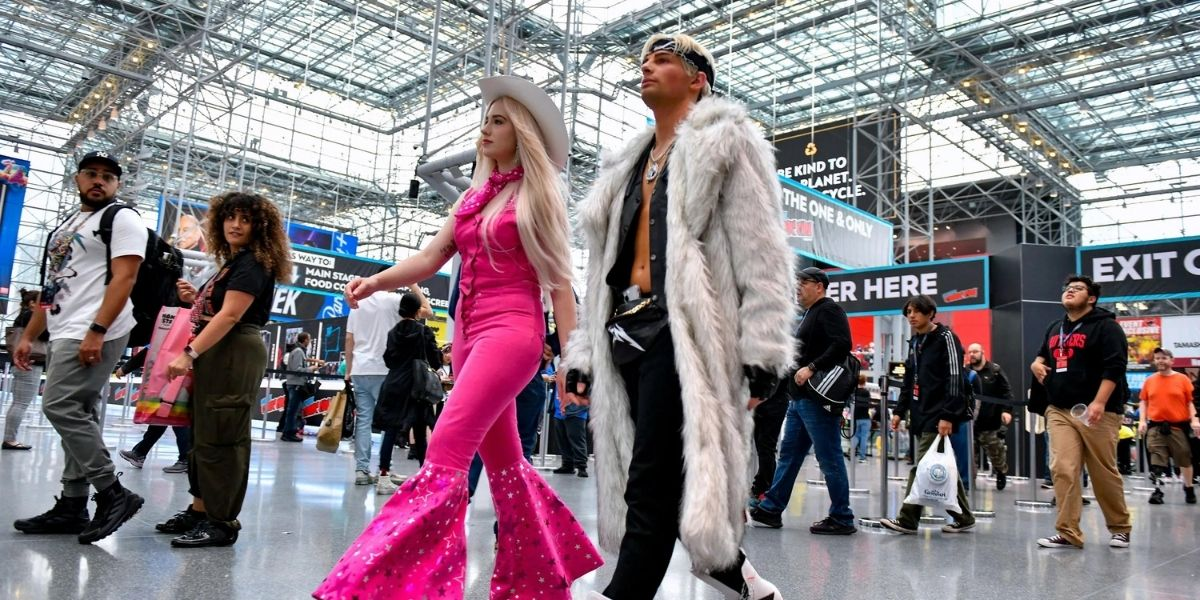
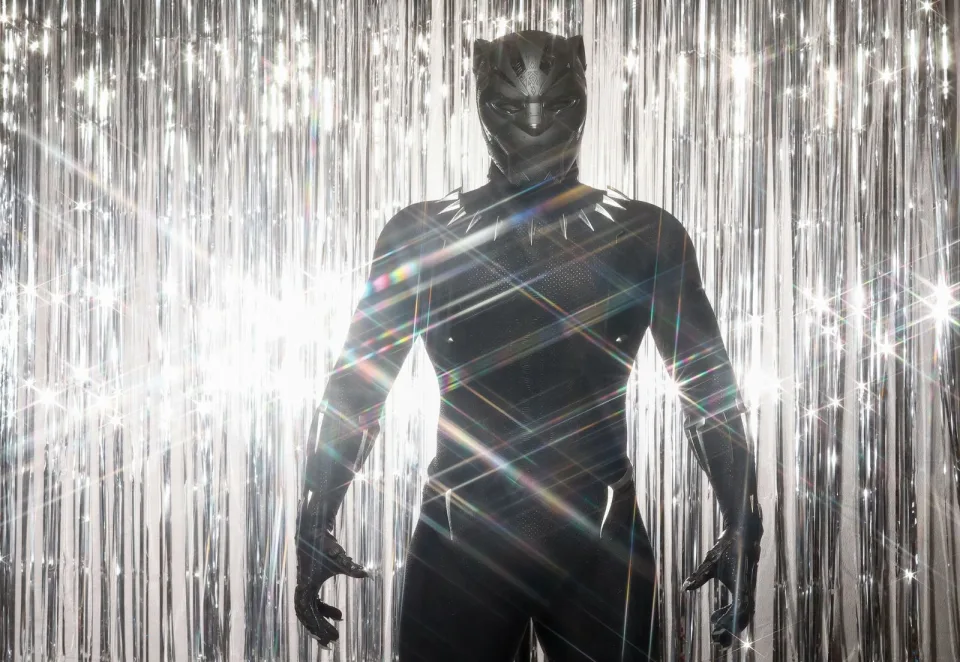
Social media is also a space perfect for creative expression in cosplay, where mostly TikTok, Instagram, Facebook, and X platforms enable cosplayers to keep in touch with their audience by sharing their projects and collaborating with other cosplayers and artists. Of all platforms, Tiktok not only spreads around the cosplayer’s creation but also supports the concept of shape-shifting the identity, as once in costume, it takes very little to start feeling like a character and acting as one on the camera. Acting videos are one of the most popular ways to create for the audience: they enable your followers to see your character in the regular world, and you can say or do something fans wanted to hear or see from your character, but directors had other plans in the script.
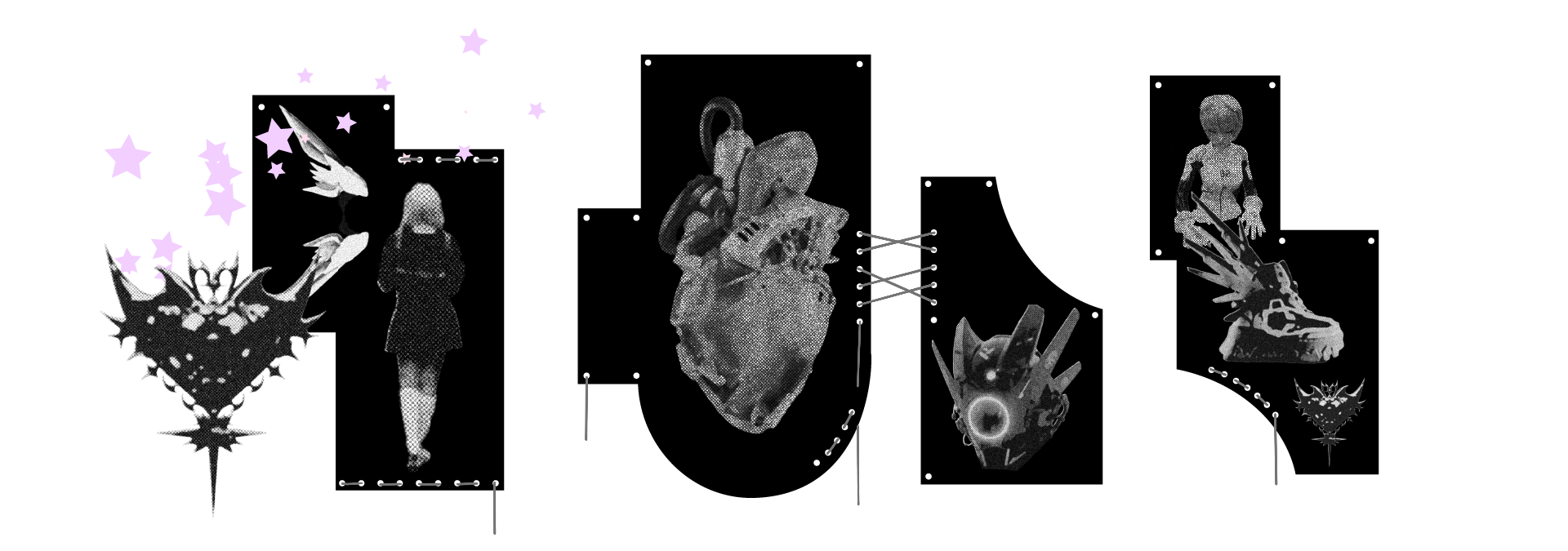
One for all, all for one
Representation and tolerance may be the cosplay community's most important and most considerable aspects. All backgrounds, genders, ages, body shapes, and ethnicities are welcome in the cosplay community, which will cancel anyone who ruins the borders of tolerance and safety ruling in this movement. Every day, society faces judgment and discrimination in various ways, so cosplay culture is a fortress that holds tight and celebrates support, diversity, freedom, and creative expression.
It is hard to imagine that playing pretend can be a full-time job, but for some people, it is. Okay, it is more diverse than that, but yes, really, there are several ways for people to make a living out of it! The thing is that, like in any other field, an individual should create a name. Some cosplayers started digging deep inside this hobby when it just started to become as popular as it is nowadays. And through time, while doing tons of projects, they got the professionalism that shines through: complicated costume patterns, crafts made from metals including added lights, 2-meter detailed wigs, overall making an impression that there was Lady Gagaś team behind the project, not one individual running a little workshop at their parents´ basement. Thanks to true dedication, some have eventually gathered an enormous audience, which financed them on supporting platforms such as Patreon, because they want a cosplayer to bring life to more projects.
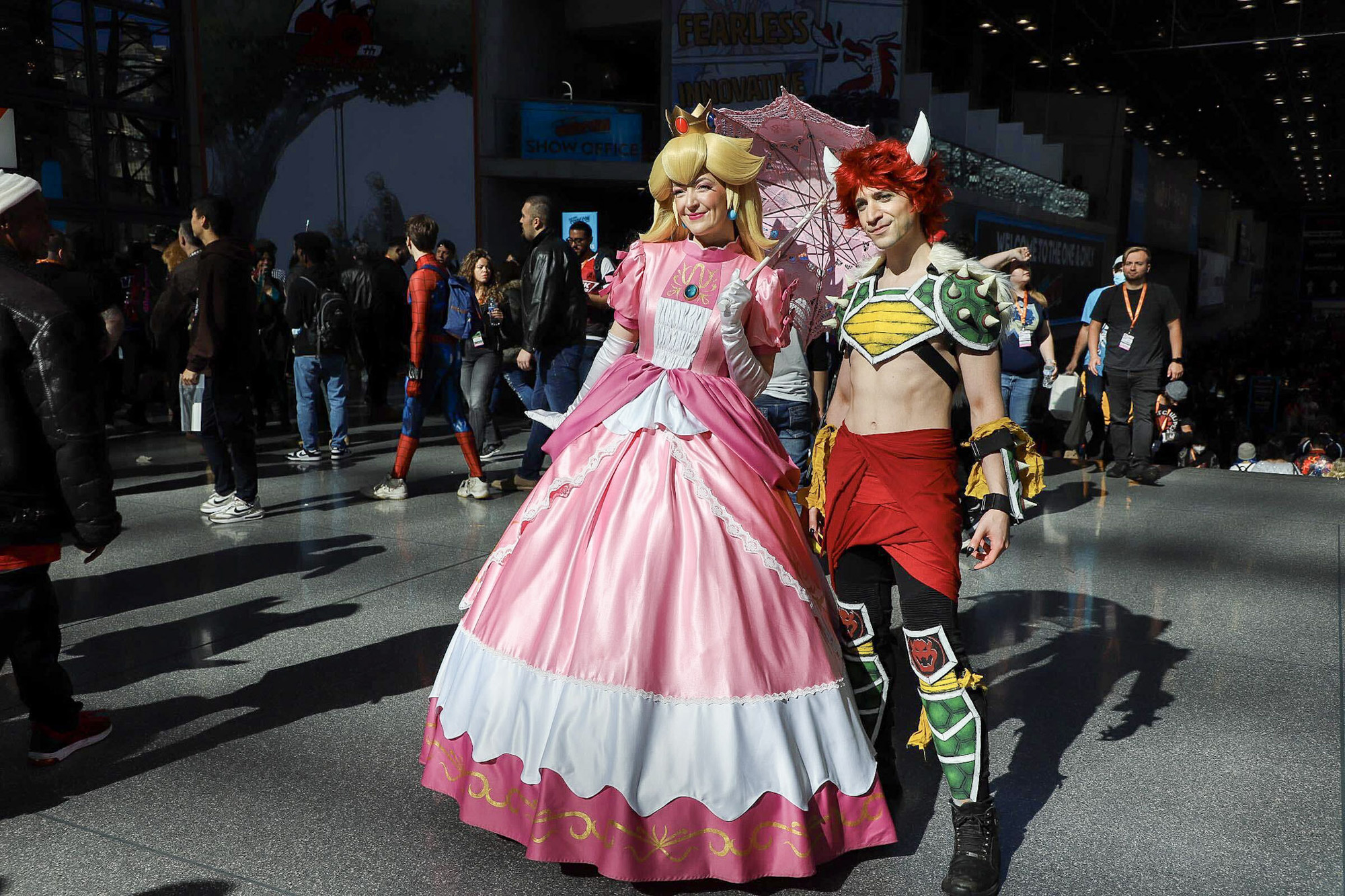
Make it rain
Some cosplayers are making a profit by monetizing their skills by selling courses and tutorials on crafting or wig-making techniques. Others are earning money by making custom order commissions, usually having enormously long waiting lists.
Making a name in the cosplay world is as hard as in other craftsmanship or in professional sports. In any country, at least one convention offers the most honorable prize in a cosplay stage competition scene: usually a trip and the right to represent the country in the biggest competitions among other countries' participants. Even though competitions are open for any skill and purpose of just being willing to showcase your work on stage or to win the main prize, it is, of course, won by those who participate with the most complex, expensive, and unique costumes and acts that need months to make.
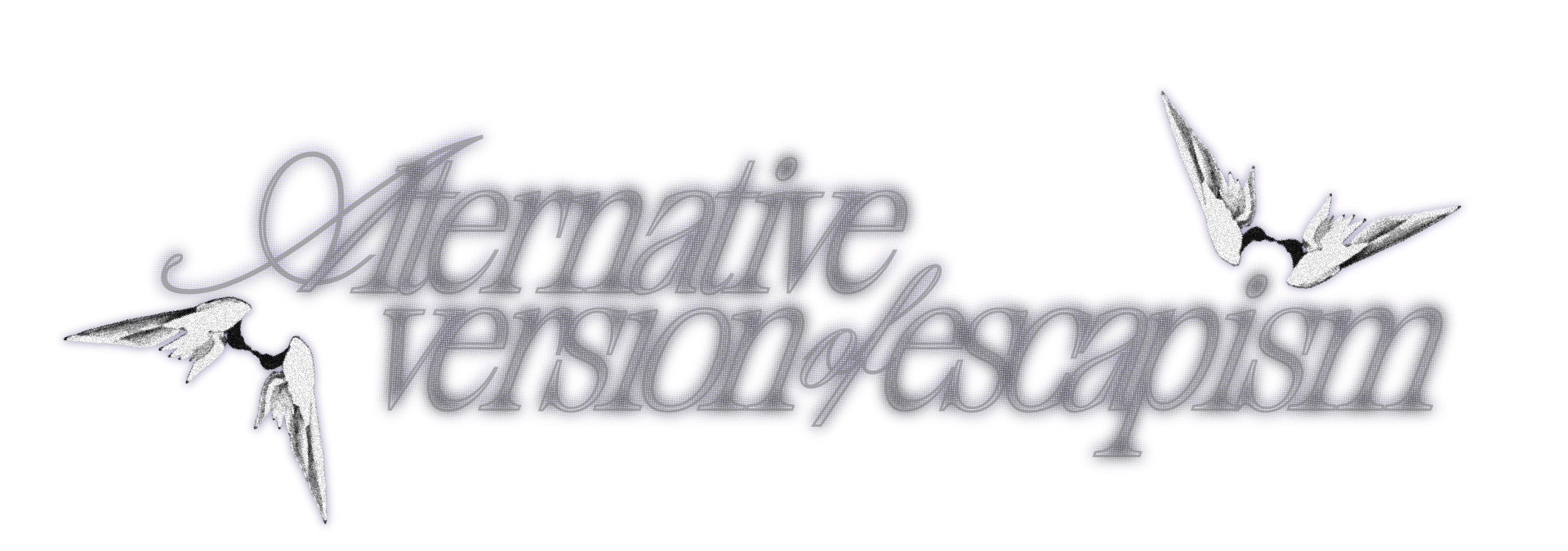
Future is now
In our times, brands, marketing agencies, and labels are hiring cosplayers to be ambassadors or promoters of upcoming campaigns and the coolest brands, not to mention the social resonance and attention thanks to articles and reports about this visually engaging entertainment.

Cosplay culture is more than just a dress-up; it embodies a vibrant and diverse form of artistic expression, community engagement, and fandom interaction. Starting from its beginnings in science fiction, it has expanded its influence across global pop culture, continually inspiring creativity, forging connections, and honoring the spirit of imagination. As cosplay melts together with emerging trends and technologies, its impact on media, entertainment, and fan communities becomes more and more noticable.
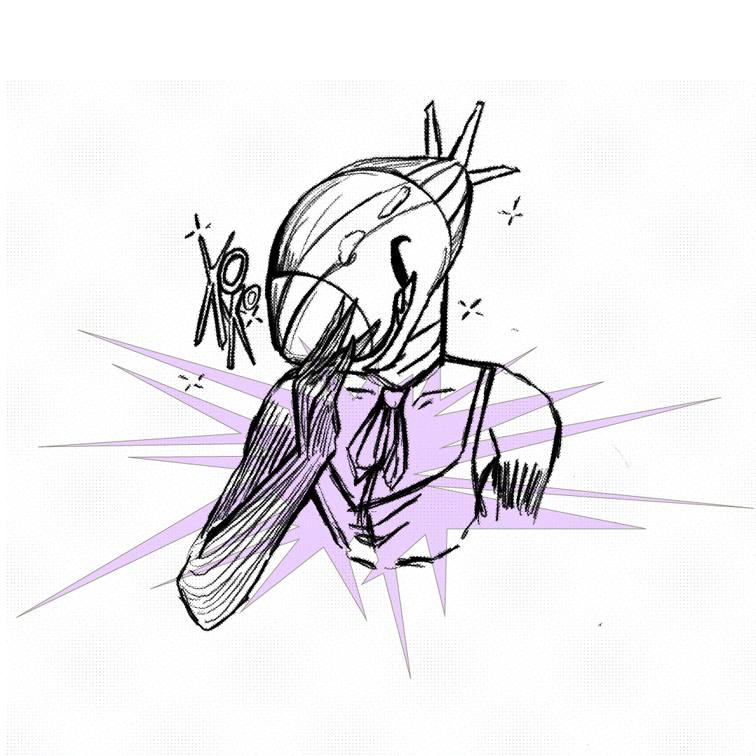
Cosplayers worth to check out:
TikTok
Alyson Tabbitha https://www.tiktok.com/@alysontabbitha
Zephy Cosplay https://www.tiktok.com/@zephy.cosplay
Kirapika cos https://www.tiktok.com/@kirapika.cos
CutiePieSensei https://www.tiktok.com/@cutiepiesensei
KleinerPixel https://www.tiktok.com/@kleinerpixel
Maul cosplay https://www.instagram.com/maul_cosplay/
Alin Ma https://www.instagram.com/xenon_ne/?hl=ru
Martina Nikolova https://www.instagram.com/martycipher/
Anastasiya Dryomova https://www.instagram.com/anastasiya_dryomova/
Taryn cosplay https://www.instagram.com/taryn_cosplay/